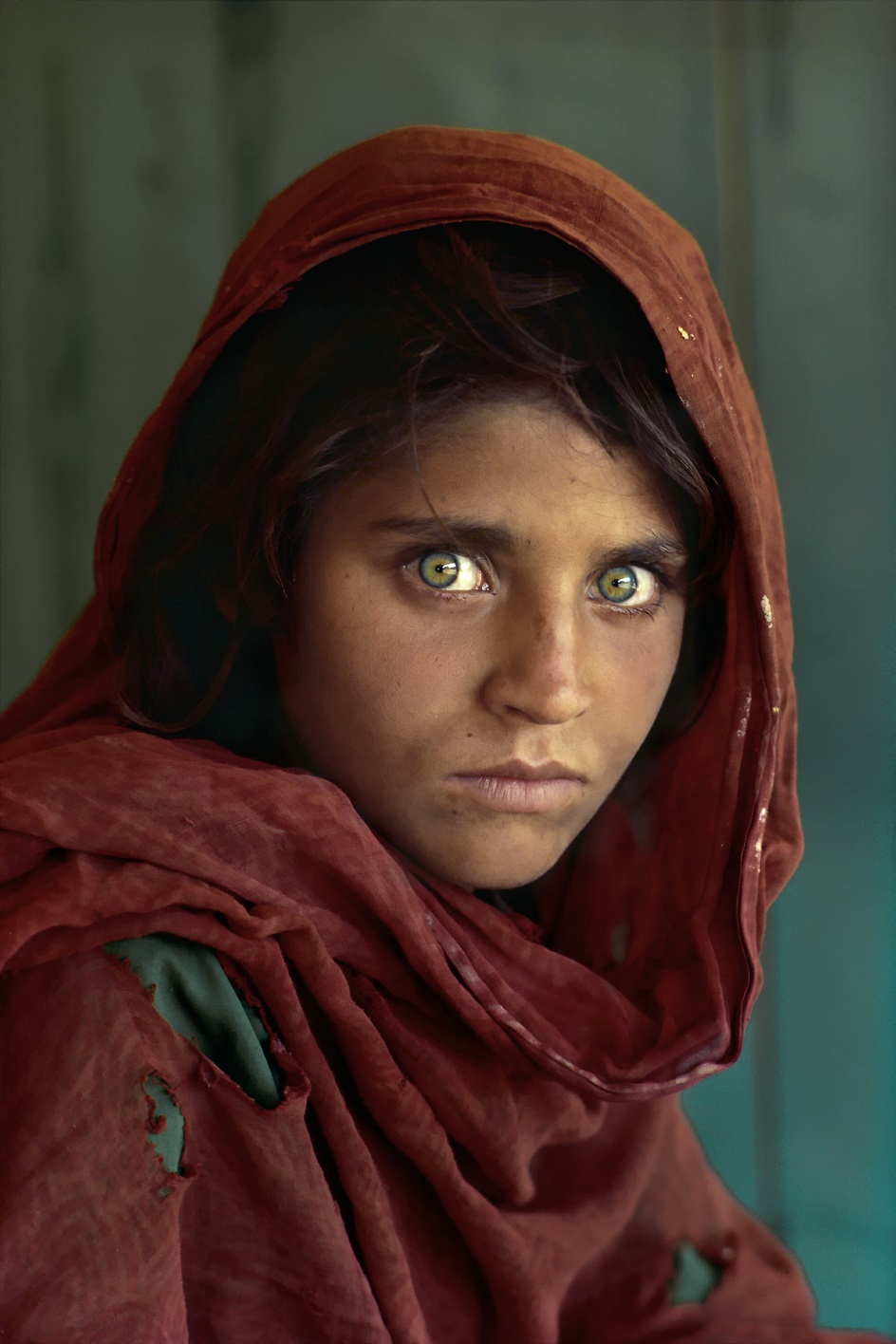In addition to painting, photography is usually compared with speech. From this point of view, a photograph can be considered as some equivalent of a word, sentence or paragraph. The connection of pictures in a certain sequence becomes, as it were, a semblance of a story, essay or poem.
But, straining our memory, we seem to recall, first of all, not whole photo essays, but individual outstanding photographs. The idea of sequence justified itself only at the level of primitive designs, entitled “Day of the Jockey” or something like that, where it was clear from the very beginning that, in fact, there would be no story.
Where the plot became more complicated, captions began to play a leading role, and the photographs themselves eventually became just illustrations for the text.
The essence of the lesson taught us by the illustrated magazines is that the fine arts do not think in syllogisms. A photograph may suggest an idea, but it cannot state and prove philosophical or political theses. It only shows the appearance.
Photography is not literature at all
It is believed that many photographers subconsciously consider their art as a kind of wordless literature, but the emphasis here should be on the adjective “wordless”. In other words, the claim that photography should strive to fulfill the functions of the word is even further from the truth than the claim that it should follow the example of painting.

Leading photographers, I think, will single out as the most valuable features of photography for the creative imagination precisely those that have long allowed photography to be considered an art even from a traditional point of view: the speed of action and an unsurpassed ability to accurately capture the most complex, specific, individual and fleeting viewer impressions.
The ease of creating photographs leads to an important result: the photographer can identify, mentally evaluate and capture a dozen or a hundred visual images in the time that the Barbizon artist spent creating one sketch.
The point here is not to create an endless stream of images – the world has already accumulated so many pictures that it can no longer pay the necessary attention to all of them – the point is to be able to more fully and diversify the use of the fascinating features of the vision of our vision and find out how much we can see the world through its window.
Story independence.
The inevitable slowness of painting, to tell the truth, so fettered the artist that he could not freely respond to all the impressions of life: creative energy had to be saved and accumulated in order to spend it, checking every step for that idea that seemed promising.
This contributed to the emergence of the concept of “plot”: the paintings were divided according to a limited number of “plots”, and the artist worked in the chosen direction, only trying to improve the plot decision in one way or another. Therefore, almost all art historians proceed from the assumption that the plot exists independently of the picture and even before its birth.
The artist is supposed to take a subject and then do something with it, shape it in some way, according to his perception or manner. Such an approach, once very convenient, is completely out of touch with the reality of the creative process in any art; this is especially inapplicable to photography, in which all the efforts of the photographer are aimed precisely at determining what the subject is.

This should be understood not metaphorically, but literally. The plot is not a human figure, not a room, not the outlines and graphic weight of an illuminated window against a dark background, the plot is all these elements of the frame, captured in their simultaneous relationship.
Outcome
This is true for every art in general. But photography, in addition, is distinguished by an incredible wealth of possibilities, the number of which grows and grows with the improvement of the technique of the process.
Most photographers who learned their craft in the relatively leisurely days of the camera and tripod fell into a state of near-panic at the advent of small format cameras. Even an old camera offered a fairly rich assortment of possibilities, but with the advent of Leica, it seemed that the very concept of the impossible disappeared, the head was spinning, the eyes ran wide from the resulting abundance of options.
However, modern photographers have learned to cope with the versatility of a small format camera and use it purposefully.
